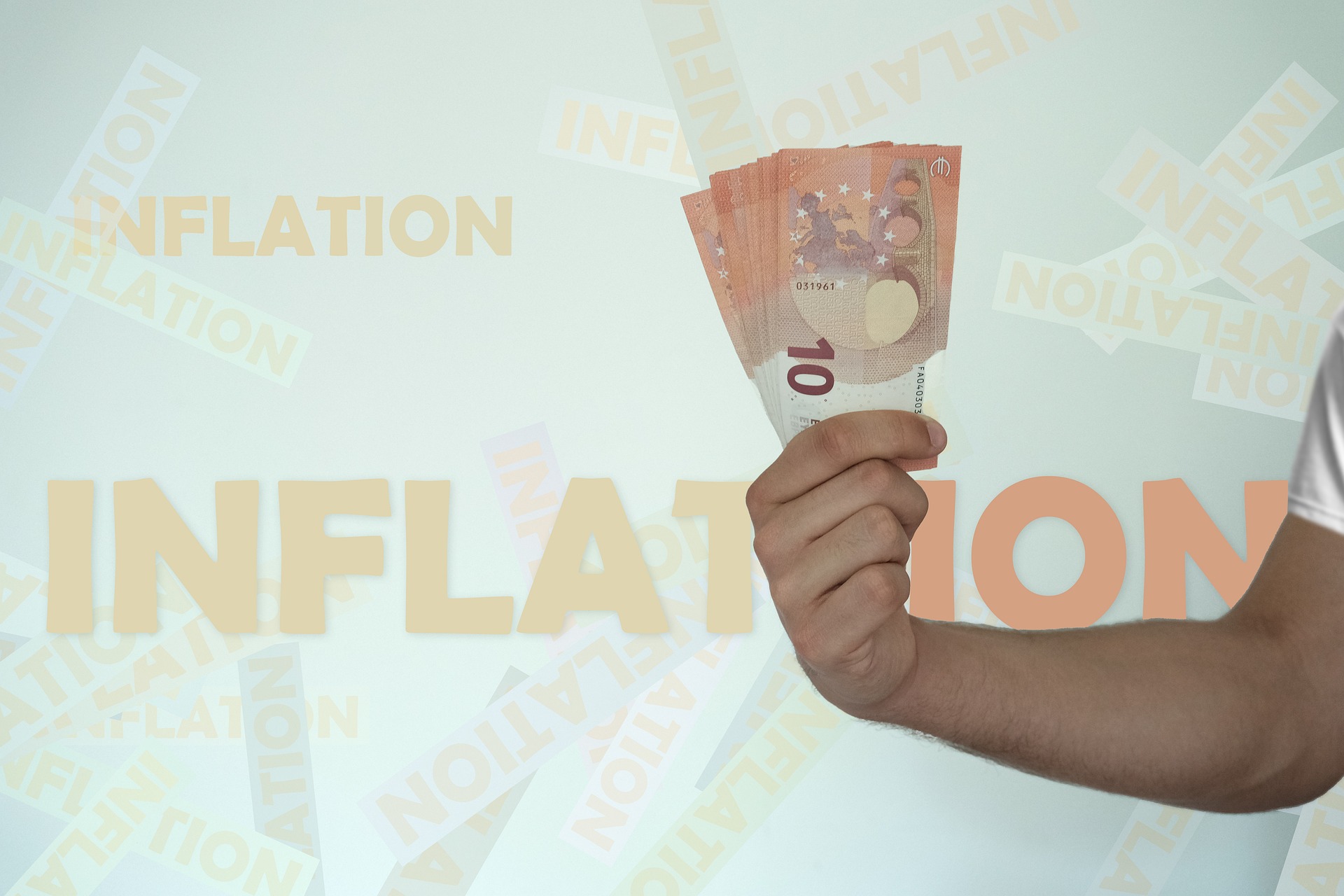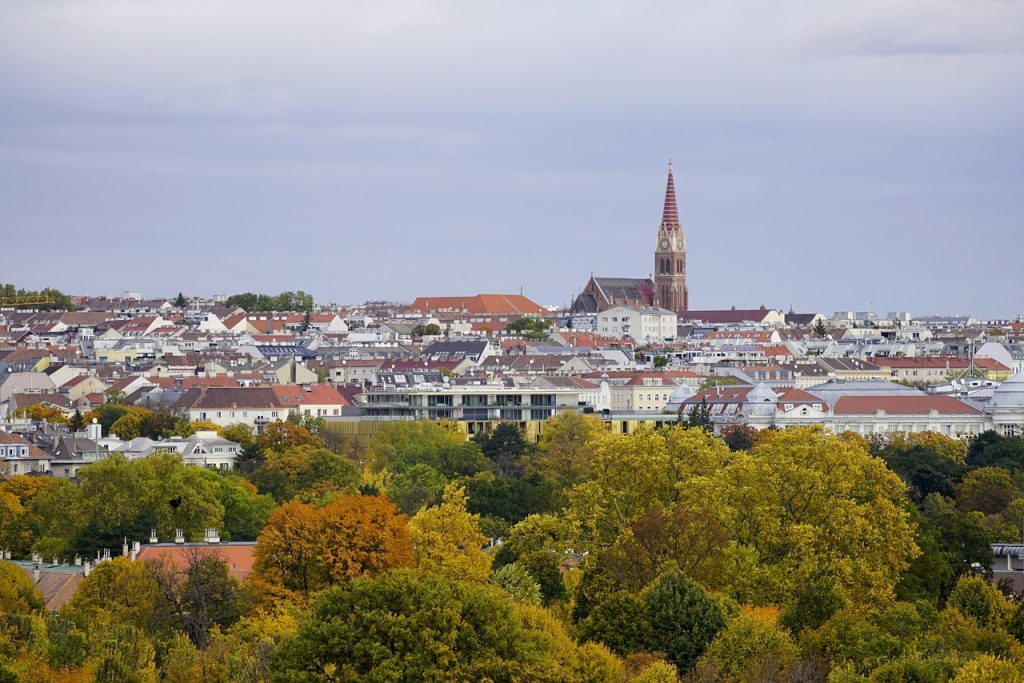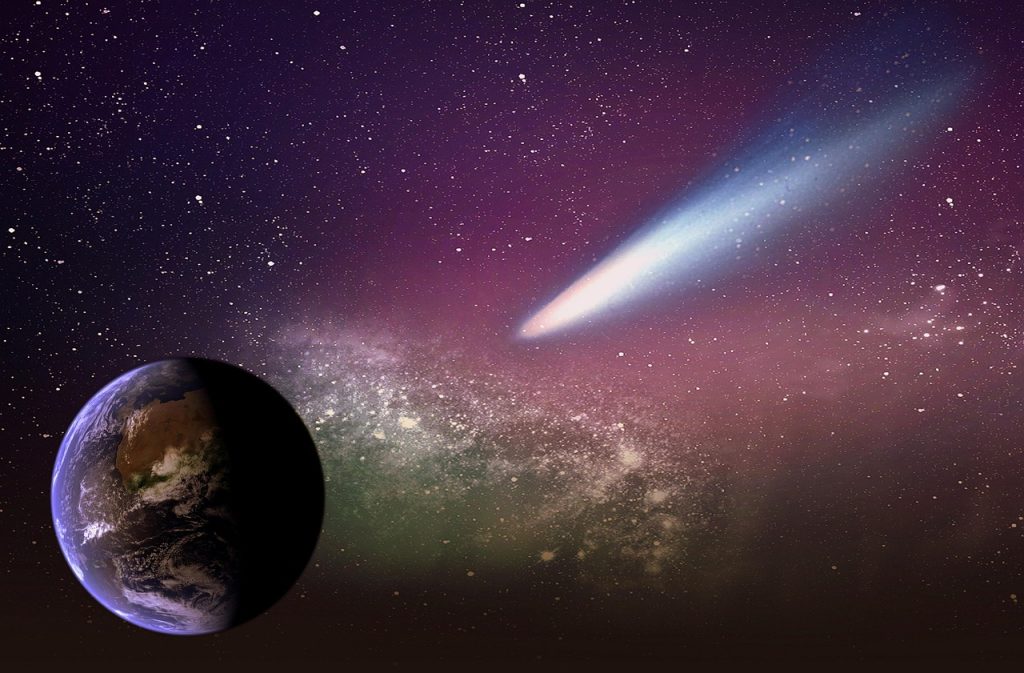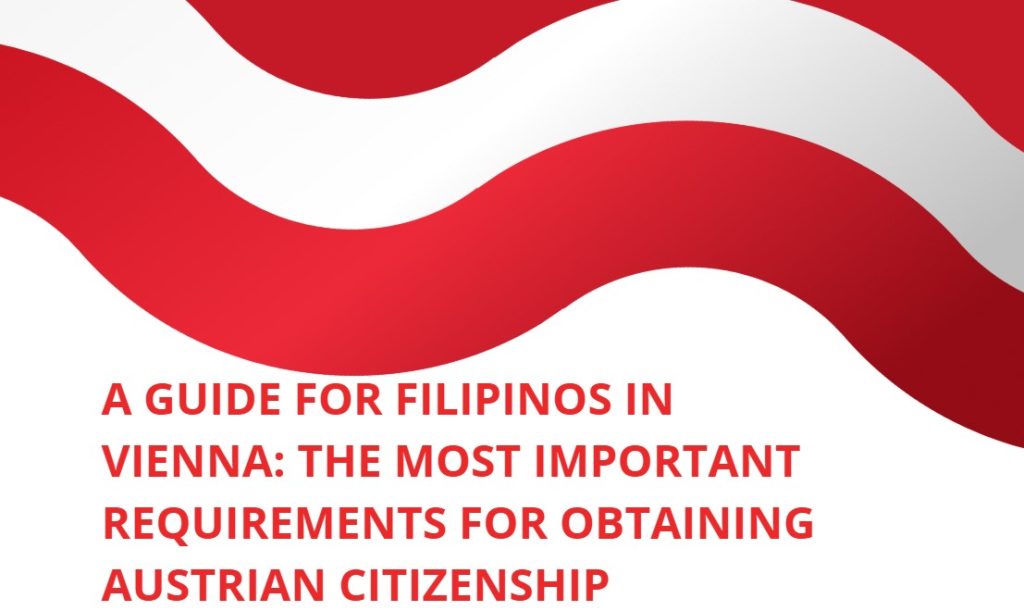Inflation continues to slow down. In July, inflation fell to 7.0 percent, the lowest level since March 2022, Statistics Austria announced on Friday. Responsible for the decline was the easing of price pressure on household energy. In particular, fuel and heating oil were significantly cheaper than a year ago. However, the price increases in catering and food remained at a similar level as in the previous month.
Compared to July 2022, an easing was particularly evident at the gas pumps and for those who heat with heating oil. Diesel and premium gasoline became almost a quarter cheaper, while heating oil became 30 percent cheaper year-on-year. The price trend for electricity (around -7 percent) also had a solid dampening effect on inflation. On the other hand, gas remained the most vital price driver, with an increase of over 80 percent compared with July 2022.
Rents rose by an average of almost 8 percent in July. The average increase in prices for housing, water, and energy of 11 percent significantly impacted the inflation rate and remained the main driver of year-on-year inflation, Statistics Austria said.
No improvement was in sight for consumers in supermarkets or pubs either. In restaurants and hotels, prices rose by around 12 percent. Prices for food and non-alcoholic beverages also rose by an average of 10.5 percent, significantly higher than overall inflation.
Milk, cheese and eggs increased in price by 8 percent in July, and vegetables by almost 13 percent. Prices for bread and cereal products rose by an average of 13.5 percent. Meat cost 8 percent more, fruit by nearly 6 percent. Prices for sodas (about +12 percent) and coffee (+8.5 percent) rose.
“The biggest fall in inflation is already behind us, but the greatest efforts still lie ahead,” said Raiffeisen economist Matthias Reith in an analysis on Friday. Increasingly, the interest rate hikes of recent months are likely to have their effect, dampening demand and thus driving up prices. “So the fight against inflation is like running a marathon, not a sprint: the first kilometers are the easiest, while the last ones are the hardest.”
The decline in inflation so far has been practically “automatic,” the Raiffeisenbank International (RBI) analyst said. He added that it was not a result of the interest rate hikes that began just over a year ago. He said this is also shown by inflationary pressures (core inflation), which remained unchanged at 7.7 percent in July compared to June. The peak was in April at 8.3 percent. July’s core rate was higher than overall inflation for the first time since early 2021. “Away from energy, then, inflation remains substantial, with everyday purchases (“micro goods basket”) increasing in price by 10.1 percent – the same as in June,” Reith writes.
“This is the lowest value since March 2022 and confirms the predicted significant decline by the end of the year,” Finance Minister Magnus Brunner (ÖVP) said of the 7 percent inflation in July. “Despite this currently encouraging development, it is clear that inflation is still too high and we must continue to keep a close eye on the reasons for this in the coming months. Alongside this, we must continue to work hard to bring inflation down in a sustainable manner, while supporting and easing the burden on people in the fight against inflation.”
According to Eurostat, the average inflation rate in the euro area is 5.3 percent. “The difference between the inflation rates of Austria and the eurozone, is as big as the inflation rate in Belgium,” said Jakob Sturn, an economist at the Momentum Institute, close to the Chamber of Labor. Higher inflation than in Austria can only be found in Slovakia (10.3 percent), Croatia (8 percent) and Lithuania (7.2 percent).
The Harmonised Inflation Rate (HICP) for Austria, calculated for eurozone comparisons, was also 7.0 percent in July. The European Central Bank (ECB) aims for inflation of 2 percent as the optimum value for the eurozone economy. Overall, however, inflation is showing a downward trend. In June, the inflation rate in Austria was still 8.0 percent, according to Statistik Austria.
Due to seasonal factors, the main price drivers compared with the previous month of June proved to be package tours (+13.0 percent). By contrast, spending on clothing had a dampening effect, with prices falling by an average of 11 percent due to the summer sales.
- source: APA/picture: pixabay.com
This post has already been read 3770 times!



